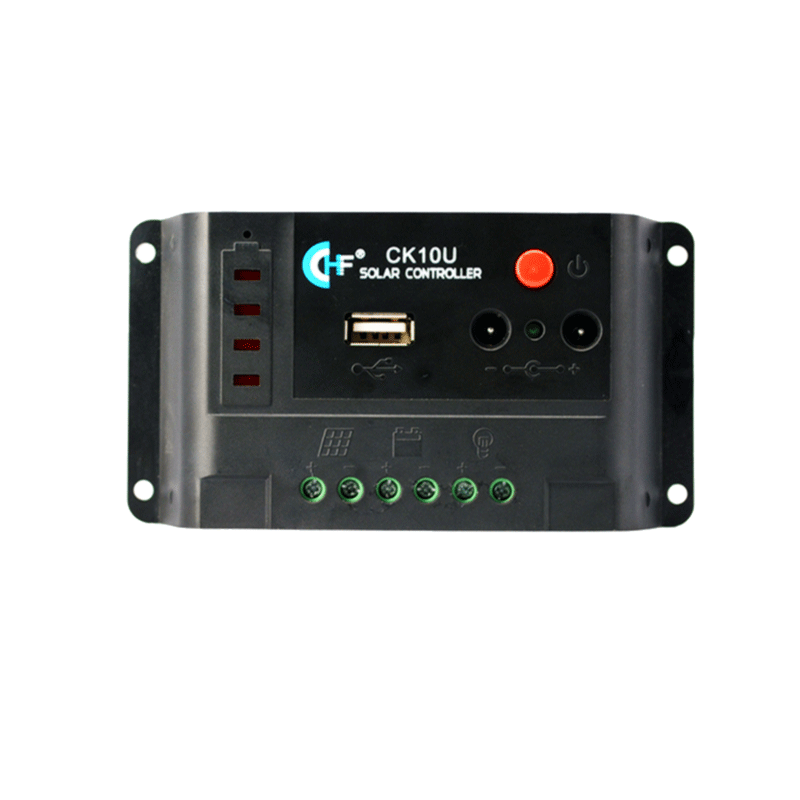NEWS
Features of PWM Control Technology
- Categories:pwm controller
- Time of issue:2022-09-23 13:25
- Views:
(Summary description)One advantage of PWM is that the signals from the processor to the controlled system are all in digital form, and digital-to-analog conversion is performed.
Features of PWM Control Technology
(Summary description)One advantage of PWM is that the signals from the processor to the controlled system are all in digital form, and digital-to-analog conversion is performed.
- Categories:pwm controller
- Time of issue:2022-09-23 13:25
- Views:
One advantage of PWM is that the signals from the processor to the controlled system are all in digital form, and digital-to-analog conversion is performed. Noise effects can be minimized. The increased immunity to noise is another advantage of PWM over analog control, and it is the main reason why PWM is sometimes used for communication. Switching from analog to PWM can greatly extend communication distances. Because PWM can realize the characteristics of frequency conversion and voltage conversion and anti-harmonic suppression at the same time. Therefore, it is widely used in AC drive and other energy conversion systems.

PWM control technology can be roughly divided into three categories:
1. Sinusoidal PWM (including various PWM schemes targeting the sine of voltage, current or magnetic flux, and multiple PWMs should also be classified into this category).
2. Sinusoidal PWM is well known. The multiple PWM technology designed to improve the output voltage and current waveform and reduce the harmonics of the power system has its unique advantages in high-power inverters.
3. Optimizing PWM, the pursuit of optimizing PWM is to achieve the smallest current harmonic distortion (THD), the highest voltage utilization rate, the best efficiency, the smallest torque ripple and other specific optimization goals.





